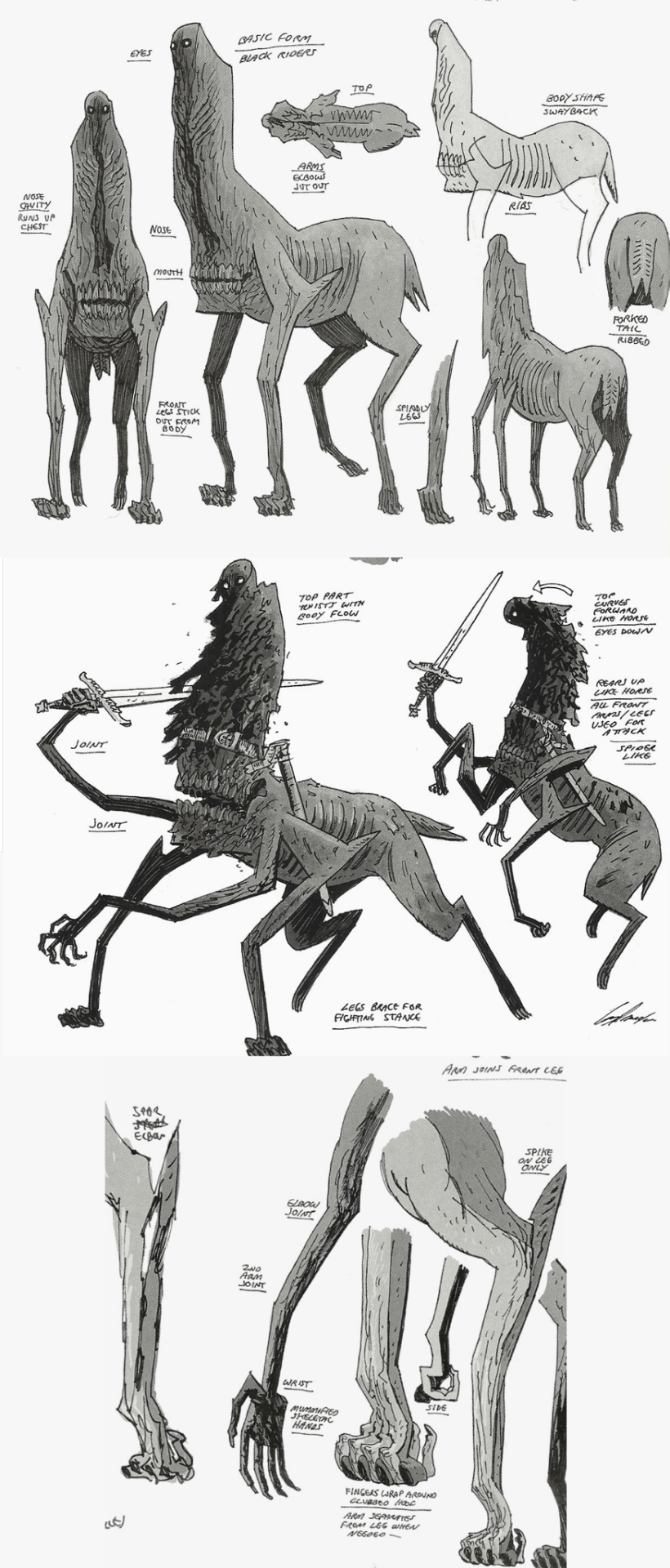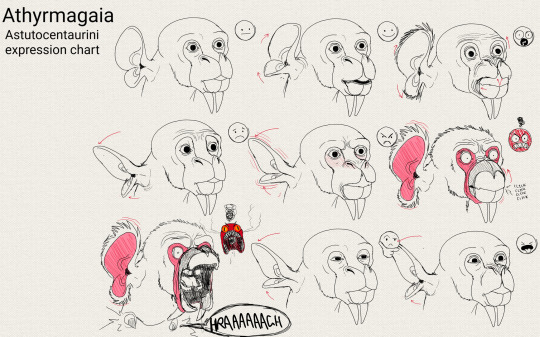Nothing I post on this blog is mine. This is simply a collection of images I use as inspiration for writing. -Amber Sand
Don't wanna be here? Send us removal request.
Text
Cat Scientist

by Mikhail Sidorenko (konhis)
3 notes
·
View notes
Text
The control room of a German SM UB-110 submarine from 1918

1 note
·
View note
Text

Cavalry
by Tomasz Ryger
3 notes
·
View notes
Text

Cryptid Dragon
by Taran Fiddler

Turtodile, Turtigator
Crocodile that hatched without a tail

Bearodile

Donkodile, Cronkey, Crocodonk, Assigator

Shakuurzarpi
by Sergio Villa-Isaza
1 note
·
View note
Text

Black Riders
by Guy Davis

Mine Creature
by Alex Palma

Glabrezu
by Lukasz Jaskolski

Sesameborne
by Lee Yongyi

Creature Design 1
by Mingxu Xie

Untitled
by 乱铁 @-dirtyiron-

by Ariel Perez
#monster#creature#snake#serpent#horse#polycephaly#hybrid#ox#bull#Cookie Monster#Elmo#big bird#grouch#demon#dog#lobster#crab#mutant
10 notes
·
View notes
Text




u/ConjurorOfWorlds
6 notes
·
View notes
Text
Athyrmagaia: Astutocentaurini




Death is a very complicated subject for the Astutocentaurini. Since each person is made of four detachable zooids, their constituent living units almost never die at the same time, and the lifespan of each zooid is limited by the slow loss of their ability to exchange nutrients, oxygen, and nerve impulses with advanced age. To complicate things further, the cranial zooid always dies first, which often leaves the headless body alive to either live out the remainder of its life in constant care or starve to death in a fruitless zombie-like search for a replacement head (essentially any small object that radiates heat).
Such unorthodox physiology has resulted in an unconventional perspective of mortality. Unlike humans, who tend to see life and death as a duality, most Astutocentaurini cultures interpret this cycle as trinary. According to their belief, each person is composed of two interdependent entities, the "self" (the cranial zooid) and the "vessel" (the collective post-cranial zooids). As the name suggests, the self represents the core of a person's consciousness and identity, while the vessel is typically viewed as something along the lines of a mount "ridden" by the former. Due to this, they hold the belief that individuals live one life but experience two deaths: the death of the self ("self-death") and the death of the vessel ("vessel-death"), which can occur either separately or simultaneously depending on the circumstances of the expiration. As mentioned in the first paragraph, however, death of the self typically occurs first when it comes to age-related death, followed much later by death of the vessel. This ideology has many cultural variations, each with its own funerary rights for both the self and the vessel, respectively. In most cases, however, both will typically be buried in the same grave upon passing.
But how are headless citizens dealt with while still alive? Following self-death, the vessel of an Athyrmatherian has the potential to live for a long time under controlled conditions, anywhere from a year to nearly a century, depending on the creature's species and age. The feudal societies of the world have thus converged on a similar solution: At some point in their adult life, a person will usually be required to sign a will in which they can either decline or agree to posthumously donate their vessels to society. These repurposed vessels are known as "utility vessels."
A utility vessel can be considered an archaic sort of biotechnology, an organic automaton that can be sold and used for various purposes. When awaiting ownership or rental by an employer, they are typically housed and maintained in storage facilities called "body shops," eerily reminiscent of auto shops in their presentation and purpose. They can even be modified surgically and "mechanically" to certain degrees if permitted by a will, although more extensive cases of body modification can be rather controversial. Despite this apparent commoditization, utility vessels are treated with an odd yet palpable sense of respect and reverence, which is culturally analogous to our respect for the dead. Indeed, the very shops they are sold by tend to be subsidiaries of the same funeral homes that house their deceased selves, and employers are legally obligated to return dead vessels so they can be buried in the same graves. With each use, utility vessels are paid in money for their services, and some laws and regulations advise against any particular uses that may be deemed indignant to the former persons. It is also common for utility vessels to be dressed in lavish and beautiful garbs or intricately carved bioplastic shells that match their cultural backgrounds. The centerpiece of these decorations is a custom-carved"persona," a fake head that, in addition to functioning as a feeding tube, serves as a symbolic reminder of the person the vessel used to be attached to.
Under native legal definitions, utility vessels are usually classified into three types based on their composition and functionality. Type "A" utility vessels consist of the thoracic, upper, and lower abdominal zooids, with the thoracic zooid housing a ganglion that makes them autonomous enough to perform specific tasks in response to certain stimuli. This allows them to haul or carry loads similar to pack animals, with the behaviors being conditioned through rhythmic ground vibrations and rewards of liquid food. Type "B" utility vessels consist of only the upper and lower abdominal zooids, and they lack autonomy outside metabolic regulation and basic righting and balancing. Due to this, they have to be pushed or pulled manually like living carts and they autonomy outside metabolic regulation and basic righting and balancing. Due to this, they have to be pulled or pushed manually like living carts, and they are mostly used to carry lighter loads or to act as portable bases for more stationary equipment. Type "C" utility vessels are essentially any singular zooid that is separated from a composite, and they are typically relegated to use as a surgery stock for organ transplants, zooid replacements, and sometimes to “construct" more complete utility vessels.
u/Exotic-Intention1566
3 notes
·
View notes
Text
Countries if they were Determined Solely by Climate Biomes





5 notes
·
View notes
Text
Hyaenodonts of Kaishel

Keenan Taylor
Menagerie
3 notes
·
View notes
Text
Procyonidae
The family that makes up raccoons, ringtails, cacomistles, coatis, kinkajous, olingos, and olinguitos.

Low quality picture, but I just thought it was neat how almost all of them have ringed tails. (Accept for the kinkajou.) Raccoons are probably my favorite animal, but I love all their funky little cousins too.
2 notes
·
View notes
Text
Final Fantasy III Concept Art
Part 6


Acheron, Hecatoncheir, Titan


Glasya Labolas, Guardian

General, Dark General



Nameless Warrior


Warriors of Light
3 notes
·
View notes
Text
Final Fantasy III Concept Art
Part 5

Shinobi, Kage, Ninja

Shadow Master, Kunoichi



Unei/Unne, Unei’s Clone


Doga, Doga’s Clone

Odin

Ramuh

Shiva
2 notes
·
View notes








